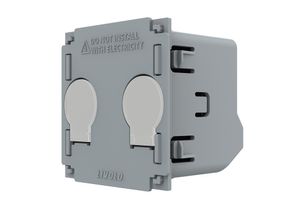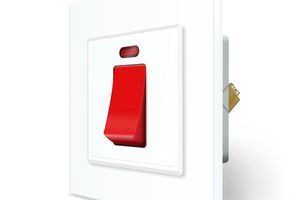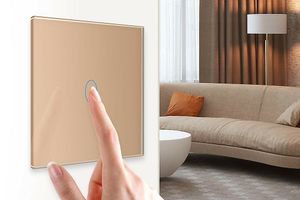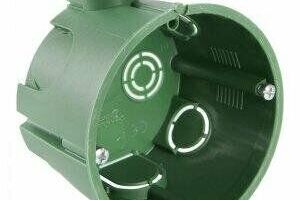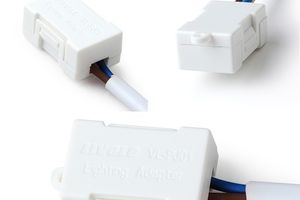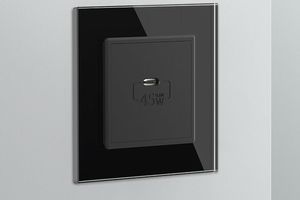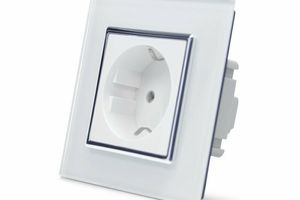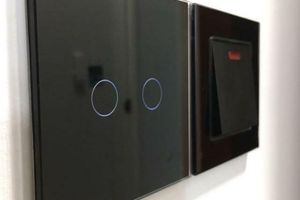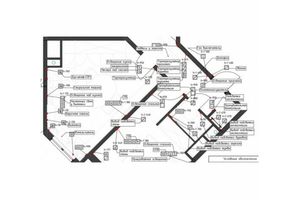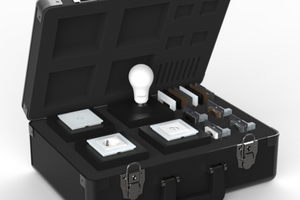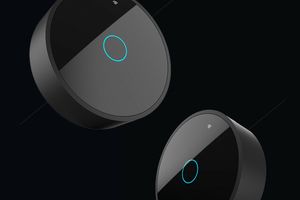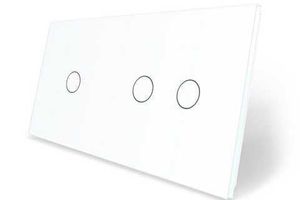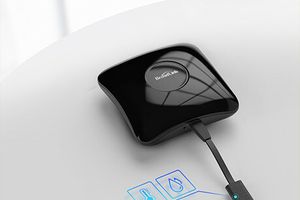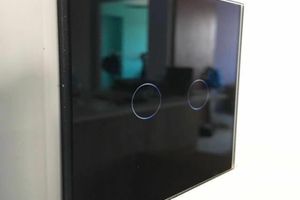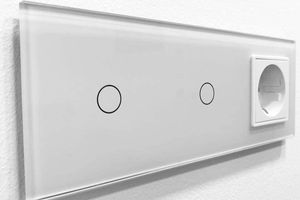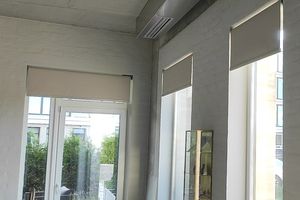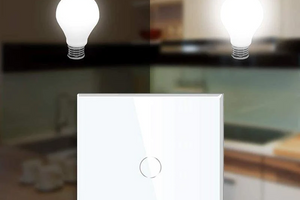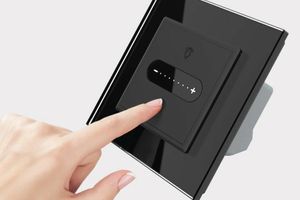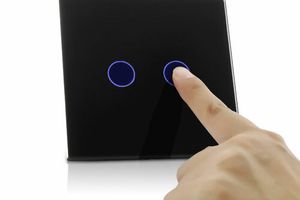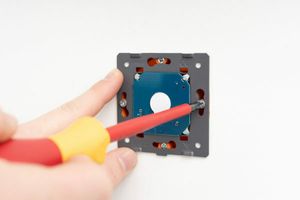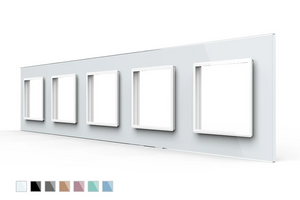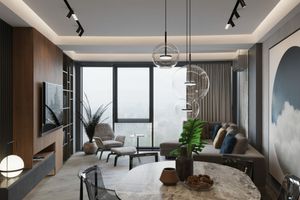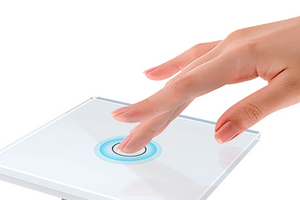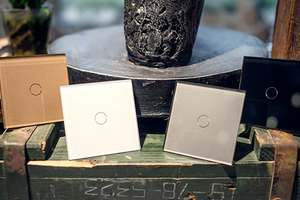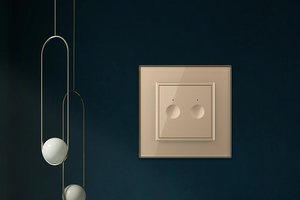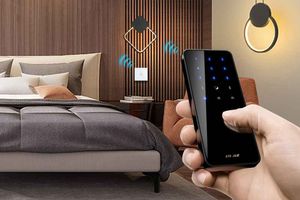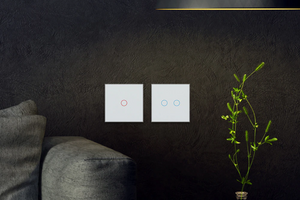The touch switch is one of those achievements of technical progress that has become available to everyone. If you want to make your interior more modern or just give it a touch of hi-tech, then it is best to replace standard mechanical switches with this miracle of technology. Well, let's take a closer look at this issue.
Principle of work
The principle of operation of the touch switch is trivially simple. It consists of 3 parts: a sensor element, a switching power part and a semiconductor analysis and control circuit. To turn on / off the light, just touch the sensitive panel. In some models, you can even set up a proximity sensor. That is, to turn on the light, it is enough to raise your hand close to the touch panel.
Advantages of touch switches
To be fair, it should be said that this device has a lot of these advantages. Touch switches bypass their mechanical "predecessors" in almost all parameters. Let's consider the main advantages of the new switches.
Security
The fact is that the entire power component of this device is located far from the touch panel. Thanks to this, the risk of electric shock is reduced to 0. You can safely use the switch even with wet hands.
Convenience
You need to understand that this is far from just a spectacular toy. Touch switches are extremely practical. First, it is easy to find in the dark because it is illuminated by a soft LED light. Secondly, the switch will allow you to protect yourself from a bright flash of light, because here it lights up smoothly. This is especially true if you need to turn on the light in the middle of the night. Thirdly, touch switches are compatible with any types of lamps. Fourth, it's functionality. Some models of switches allow you to control not only light, but also some electrical appliances. You can also set up light control in several rooms from one switch. The modern market is able to offer a huge number of options with different capabilities. Fifth, quiet work. There is no annoying click of the switch when turning on / off, since there are no mechanical elements. You can list the amenities for a long time.
Reliability and economy
Due to the fact that touch switches do not have mechanical elements, they wear out much less than classic switches. This will allow you, ultimately, to save on replacement. In addition, microcircuits are used here, instead of outdated contacts. Such a system allows you to exclude the possibility of shorting, which means - to extend the service life of the switch. By the way, the smooth switching on / off of the light not only protects your eyes, but also extends the service life of the lighting lamps. Which, again, allows you to save quite a bit.
Style
And, of course, the touch switch looks very stylish. Especially if you have created a modern interior. Such a futuristic element will fit in just perfectly.
One-line switch
The touch-sensitive wall light switch is designed to control ONE load line in "on-off" mode. Management is carried out only with the help of a touch panel.
Two-line switch
The touch-sensitive wall light switch is designed to control TWO load lines in "on-off" mode. Management is carried out only with the help of a touch panel.
One-line + one-line switch
The modular sensor wall light switch is designed to control ONE line and ONE load line in "on-off" mode. Management is carried out only with the help of a touch panel.
Two-line + single-line switch
The modular sensor wall light switch is designed to control TWO lines and ONE load line in "on-off" mode. Management is carried out only with the help of a touch panel.
One-line + two-line switch
The modular sensor wall light switch is designed to control ONE line and TWO load lines in "on-off" mode. Management is carried out only with the help of a touch panel.
Two-line + two-line switch
The modular sensor wall light switch is designed to control TWO lines and TWO load lines in "on-off" mode. Management is carried out only with the help of a touch panel.
One-line + one-line + one-line switch
The modular sensor wall light switch is designed to control ONE line, ONE line and ONE load line in on-off mode. Management is carried out only with the help of a touch panel.
Two-line + two-line + two-line switch
The modular sensor wall light switch is designed to control TWO lines, TWO lines and TWO load lines in "on-off" mode. Management is carried out only with the help of a touch panel.
One-line switch + Single-line electrical socket
The modular sensor wall light switch is designed to control ONE load line in "on-off" mode. from one outlet. Management is carried out only with the help of a touch panel.
Single-line switch + Single-line electric socket + Single-line electric socket
The modular sensor wall light switch is designed to control ONE load line in "on-off" mode. with two electrical sockets. Management is carried out only with the help of a touch panel.
Two-line switch + single-line electrical outlet
The modular sensor wall light switch is designed to control TWO load lines in "on-off" mode. from one outlet. Management is carried out only with the help of a touch panel.
Single-line electrical outlet
Electrical outlet of the European standard with grounding contacts and protective curtains. Designed for hidden installation in dry rooms. Designed for a current of 16 A.
Two-line electrical outlet
Euro-standard modular electric socket with grounding contacts and protective curtains. Designed for hidden installation in dry rooms. Designed for a current of 16 A.
Three-line electrical outlet
Euro-standard modular electric socket with grounding contacts and protective curtains. Designed for hidden installation in dry rooms. Designed for a current of 16 A.



















































